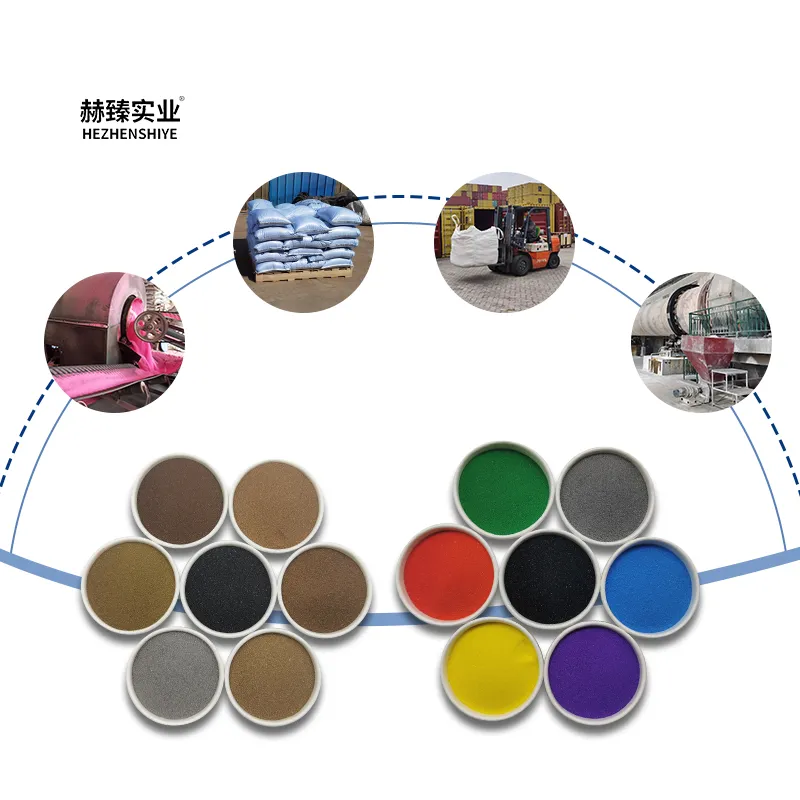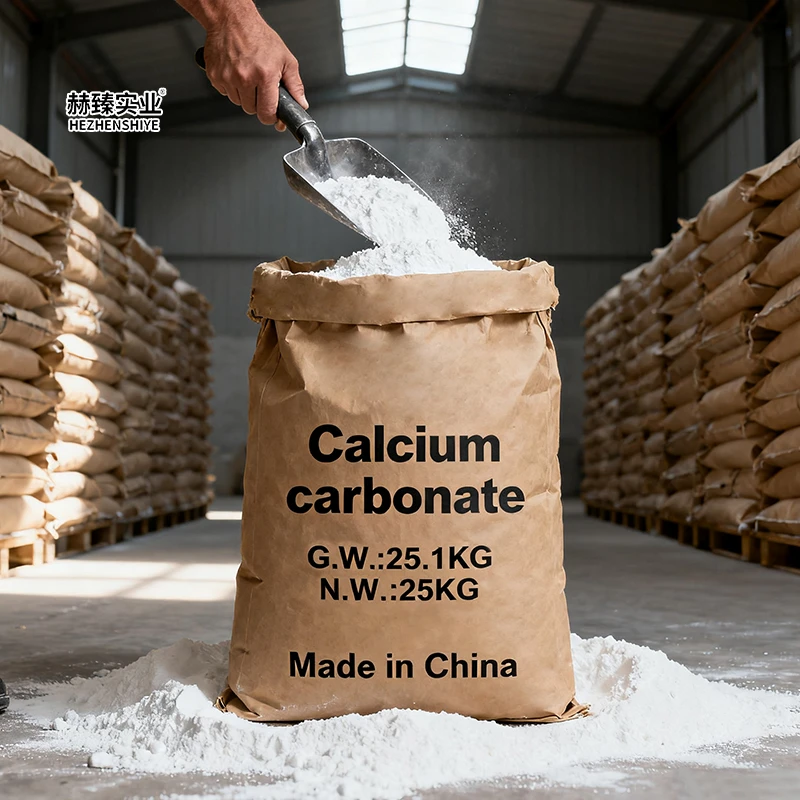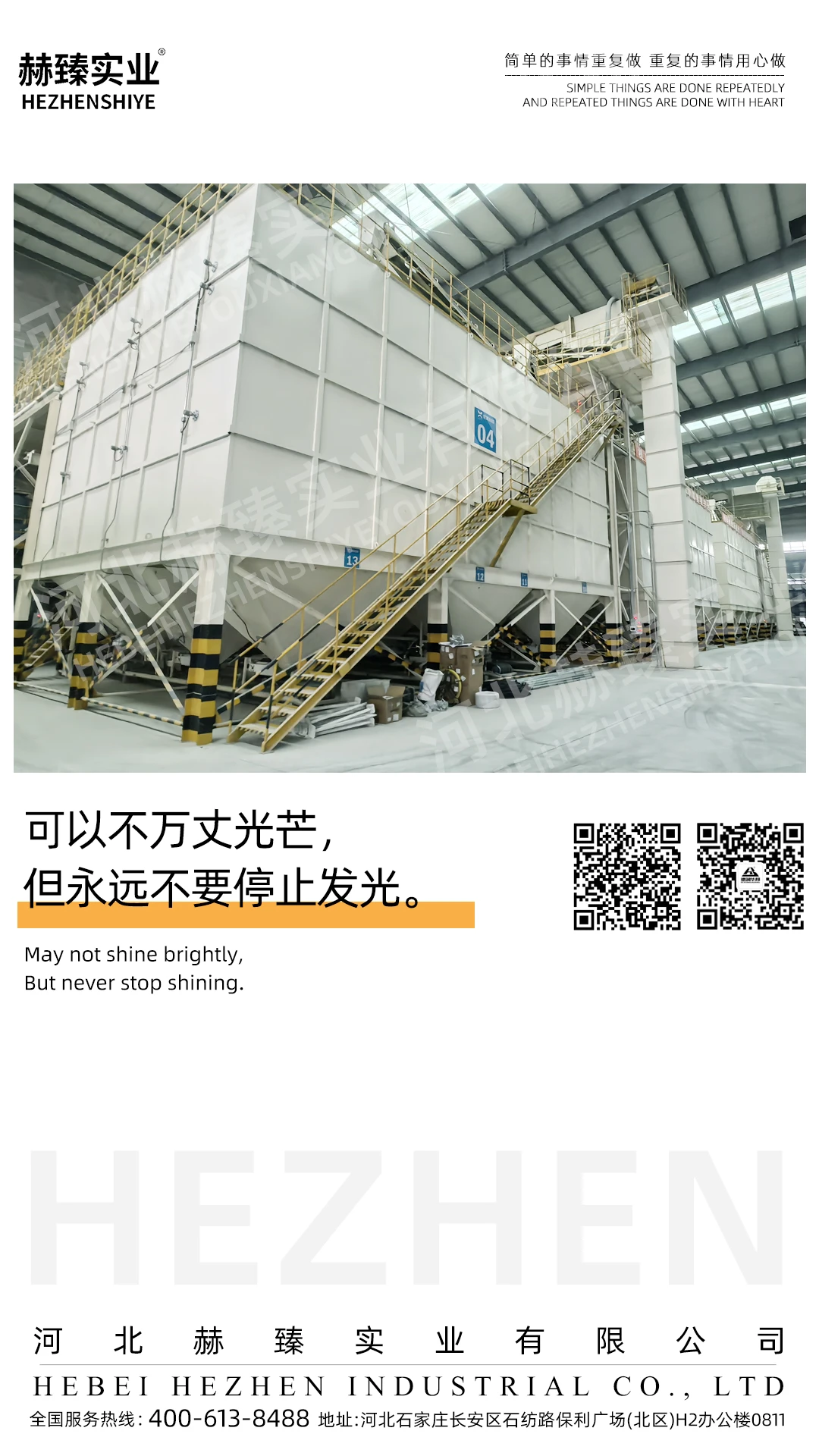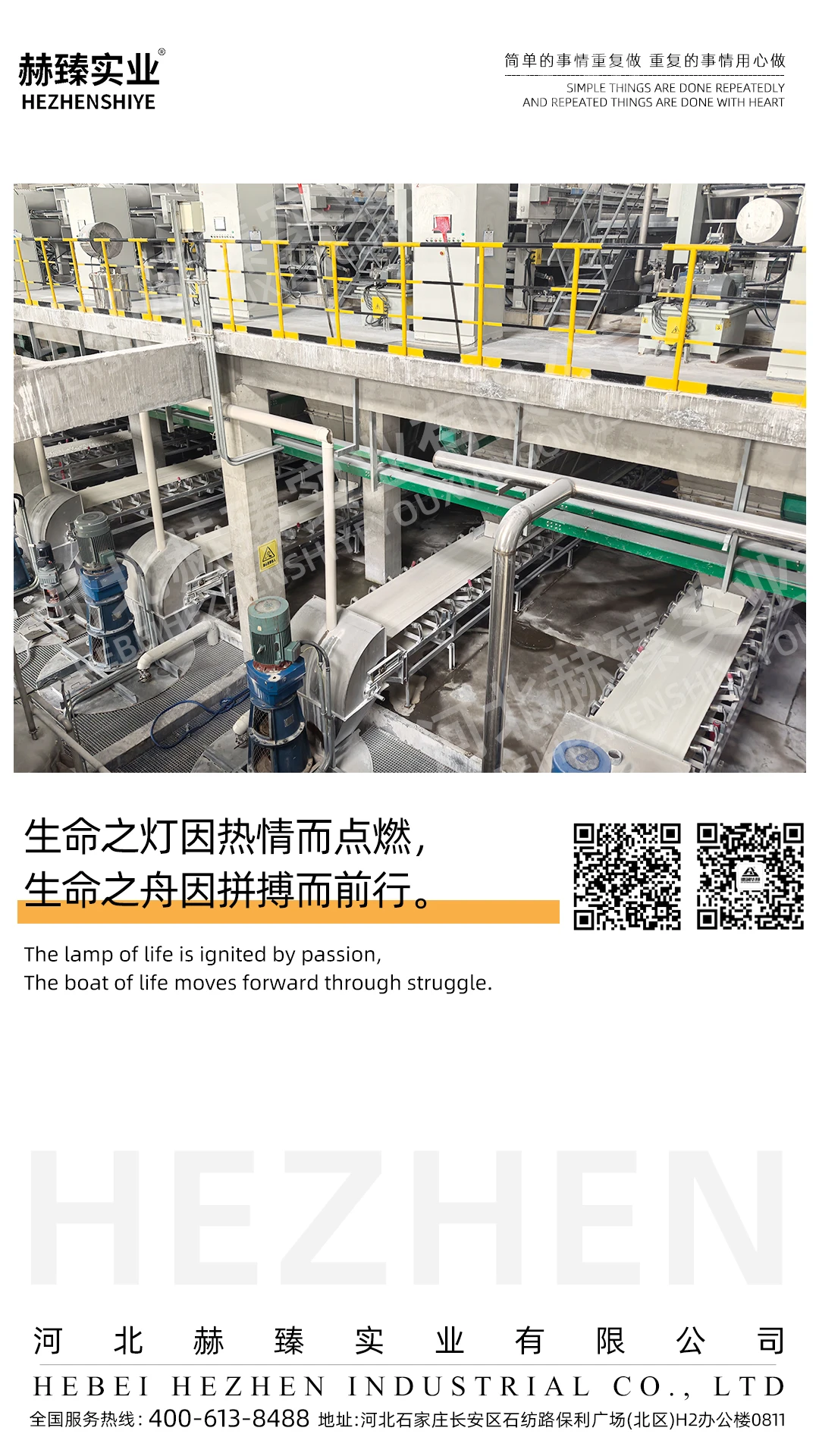Exploring the Diverse Production Processes of Colored Sand
2025.09.08
1. Introduction to Colored Sand Production
Colored sand, a versatile material widely used in construction, decoration, and art, owes its functionality and aesthetic appeal to precise production techniques. This article delves into the four primary manufacturing methods that shape its characteristics, ensuring quality and consistency for various applications.

2. Dyeing Method: Crafting Vibrant Fine-Grained Colored Sand
- Process Overview: The dyeing method involves mixing mineral particles with specialized colorants followed by a drying process. Raw ore is first sieved into fine granules (0.2–0.9 mm or 0.05–0.8 mm), cleaned to remove impurities, and then blended with pigments. A final drying stage stabilizes the color, resulting in uniform, vivid particles. For instance, in a small - scale artisanal production facility, workers carefully measure the pigments and mineral particles, ensuring that each batch of dyed colored sand has the same hue and particle size. The fine - grained nature of the resulting sand makes it ideal for detailed work.
- Key Features: This method produces sand with high color fastness and fine texture, ideal for intricate crafts, decorative fillers, and detailed art projects. The strict control over particle size ensures smooth application and visual consistency. In a sand - art workshop, dyed colored sand is used to create beautiful and detailed landscapes, with the fine grains allowing for the creation of delicate lines and textures. The high color fastness ensures that these artworks can be displayed for a long time without fading.
3. Bonding Method: Cost-Effective Solutions with Polymer Adhesives
- Process Mechanism: Mineral grains are coated with polymer - based adhesives mixed with pigments, forming a protective layer that binds color to the sand. After spraying and dusting, the coated particles are dried to create a solid, colored surface. In a factory setting, large - scale spraying equipment is used to evenly coat the mineral grains with the polymer - pigment mixture. The dusting process helps to ensure that the adhesive and pigment adhere well to the grains.
- Applications and Limitations: While cost - efficient, the bonding method is susceptible to color fading under prolonged sunlight due to polymer degradation. It is commonly used in low - exposure scenarios like indoor decorations, such as filling decorative vases or creating simple wall - art. For example, in a home interior project, the bonded colored sand is used to fill a glass vase, adding a pop of color to the living room. However, if this vase is placed near a window with direct sunlight for a long time, the color of the sand may start to fade. It is also used in some low - maintenance craft projects, where the short - term use compensates for its vulnerability to sunlight.
4. Vitrification Method: Enhancing Durability for Industrial Use
- Technical Process: Vitrified colored sand undergoes a high - temperature sintering process where mineral particles are coated with a ceramic or glass layer. The process involves mixing with pigment slurries, drying, and firing at elevated temperatures to form a hard, glossy surface. In a large - scale industrial furnace, the temperature is precisely controlled to ensure that the mineral particles are properly coated and the glass or ceramic layer is evenly formed. The pigment slurries are carefully prepared to achieve the desired colors.
- Performance Advantages: This method yields sand with superior acid, alkali, and weather resistance, making it suitable for outdoor applications such as pavement decoration, roof tiles, and durable construction materials. The glassy finish also adds aesthetic value to high - exposure projects. For example, in a large - scale commercial building project, vitrified colored sand is used in the pavement around the building. The sand's resistance to various weather conditions ensures that the pavement remains colorful and intact for years, while the glassy finish gives it an elegant look.
5. Glassification Method: Creating Reflective and Decorative Sand
- Manufacturing Steps: Starting with white mineral bases, the glassification process involves applying a glass - forming material mixed with oxidizing agents, followed by thorough cleaning, drying, and sintering. The result is sand with a shiny, reflective surface. In a specialized manufacturing plant, the white mineral bases are first carefully selected for their purity. The glass - forming material and oxidizing agents are then precisely measured and applied to the minerals.
- Specialized Uses: Due to its luminous appearance, glassified sand is popular in indoor decor, such as aquarium substrates, decorative vases, and artistic installations. However, its fragility in outdoor environments limits its use to sheltered applications. In an upscale aquarium store, glassified colored sand is used as the substrate in high - end aquariums. The shiny sand reflects the light in the aquarium, creating a beautiful and eye - catching display. But if this sand were used in an outdoor garden path, it would easily break under foot traffic.
6. Conclusion: Matching Methods to End - User Needs
Each production method offers unique advantages, from the vibrant of dyed sand to the rugged durability of vitrified variants. Understanding these processes allows manufacturers and buyers to select the right colored sand for specific applications, balancing factors like cost, longevity, and aesthetic requirements. Whether it's for a small - scale art project or a large - scale construction endeavor, the choice of production method is crucial in determining the quality and functionality of the colored sand.













